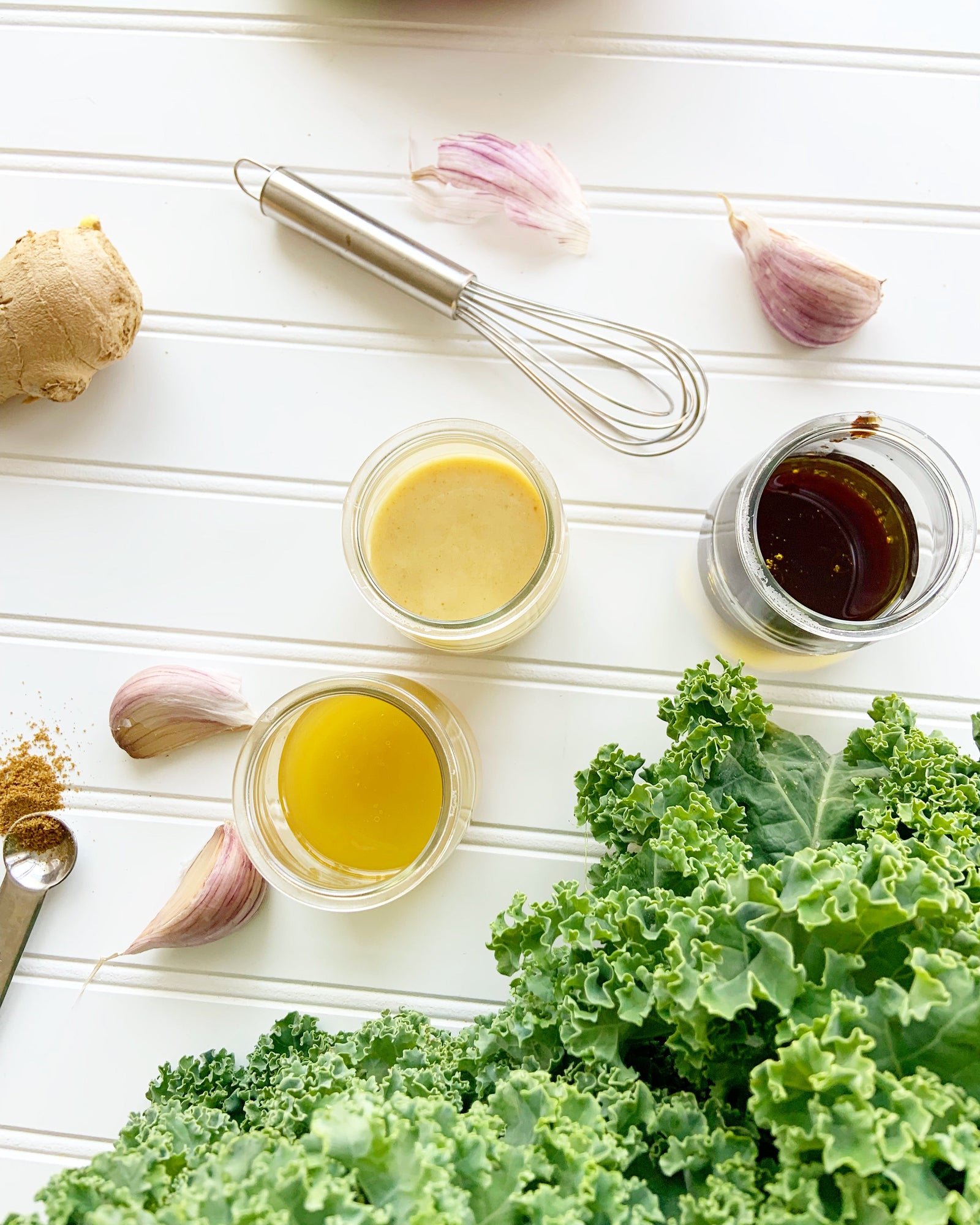The food you are eating may be making you age faster.
Yes, even those typically thought of as being ‘healthy’ could be causing you to feel and look older. It is not your fault - our understanding of aging has been relatively minimal until recent breakthroughs in research. Today, we know that some foods speed up aging, while others can slow it down. Go ahead - bite back at aging! Starve your wrinkles, and banish the expression ‘feeling old’ from your vocabulary with these awesome anti-aging tips and tricks. It is possible to love how you’re aging!
7 Foods to Eat to Fight Wrinkles
- Parsley
- Berries
- Red onion
- Ginger
- Thyme
- Dark Chocolate
- Oatmeal
What's the Worst Food to Eat for Wrinkles
Sugar can be so charming - sweetly kissing your lips and luring you in by whispering sweet nothings in your ear. However, this charming prince is a villain in disguise. Sugar destroys the structures in your body. Eating high glycemic foods (that includes granola bars, some iced teas and store-bought bran muffins) sends a rush of sugar into your blood stream. When this rush of sugar reaches your skin, like a meteor shower, it smashes into collagen fibers causing them to cross-link and bunch up. Since collagen is the scaffolding of your skin, this damage destroys its smooth structure leaving it bumpy and wrinkled. Sadly, this tragic love affair between sugar and your skin has been going on for years. Researchers have found the first appearance of sugar-damaged collagen on the face commonly occurs at the age of 20. Oh, my sweet wrinkles! Reach for berries the next time your sweet tooth is calling the shots or, dark chocolate. Or, if you're going to eat foods with high glycemic loads, be sure to eat something that contains fibre to help reduce how fast the body can uptake the sugar - a great option is oatmeal. Top your oats with berries for a sweet, wrinkle-busting dish!
What to Eat to Stop Skin from AGEing
Sugar isn’t just aging your face – it binds to structures all over your body (blood vessels, eyes, joints), reducing their structure and ability to function. Scientifically, the attachment of sugar to parts of the body is referred to as the formation of AGEs (advanced glycation end products). Ah, how witty! Sugar makes you AGE.
Since it is almost impossible to completely remove sugar from your diet, you’ll need nutrients that can protect your body. Researchers at the University of Mainz in Germany found that alpha lipoic acid helps improve insulin’s ability to pull sugar out of the blood stream. This reduces the chance that AGEs can form. Since parsley is a source of alpha lipoic acid, you may want to make this commonly tossed aside garnish to a regular on your shopping list. While you’re at it, add red onion, ginger and garden thyme to your list– they prevent the formation of AGEs, according to the Journal of Medicinal Foods.
Best Foods for More Energy
That youthful and radiant look to your skin, you once enjoyed, took a lot of energy to maintain. You loose 30,000 skin cells a day – it takes a lot of energy to keep making new skin cells. Phew! Your skin can not keep up since your energy supply has been seeping away over the years. With age your cells experience a decline in the number of mitochondria. Mitochondria are the parts of your cells that make energy. They are very fragile and easily damaged by free radicals. Once damaged, mitochondria cannot make energy. Worse, they become manufacturing plants of free radicals, in turn causing more mitochondria to be damaged. This exhausting cycle of destruction explains why with each passing year you may find yourself more commonly complaining, “Phew! I’m feeling old.”
What Can I Eat to Have More Energy?
To protect your mitochondria from free radicals, you can bite into some antioxidant-rich foods: dark leafy greens, brightly coloured fruits and vegetables, nuts and seeds. As for supplements, the most powerful protector of mitochondria is a nutrient nicknamed PQQ (pyrroloquinoline quinone), according to research reported in the Journal of Nutritional Biochemistry.
7 Foods for More Energy
- Salmon/Trout
- Beef
- Pistachios
- Cauliflower
- Broccoli
- Spinach
- Lentils
You can also stimulate your cells to make more mitochondria. Oh, go take a hike! All joking aside, I mean you have to get moving. When you exercise, to meet the increased energy demands, your cells will make more mitochondria. You can also encourage cells to make more mitochondria with nutrients. A review in Current Pharmaceutical Designnotes CoQ10 has shown great ability to do this. You can find CoQ10 in small amounts in these foods: salmon, beef, cauliflower, spinach, broccoli, lentils, oranges, animal meat, fatty fish.
How to Age Well?
Do not let aging leave a bitter taste in your mouth. Aging can be delicious! Filling your plate with the right foods, getting moving and seeking out anti-aging nutrients it may be possible to slow down aging. Maybe even banish that expression ‘feeling old’ from your vocabulary. Read all about the research available on aging in the renown book, Aging Bites, by Nutritional Guru, Allison Tannis MSc RHN.
About the Author
Allison Tannis MSc RHN is the author of Aging Bites: How the Food You’re Eating May be Making You Age Faster (2017). More at allisontannis.com

Reference Links:
University of Mainz Germany Study
Journal of Medicinal Foods
http://online.liebertpub.com/doi/abs/10.1089/jmf.2007.536
Journal of Nutritional Biochemistry
https://www.ncbi.nlm.nih.gov/pubmed/24231099
Current Pharmaceutical Design - 2014
https://www.ncbi.nlm.nih.gov/pubmed/24606795Also in Blog

The Microbiome Diet: Gut Health, the Human Microbiome and Your Health
Your guide to the human microbiome, with insights into the Microbiome Diet, and whether it can improve your health, including indigestion.

Why Can't I Sleep: Your Guide to Better Sleep



